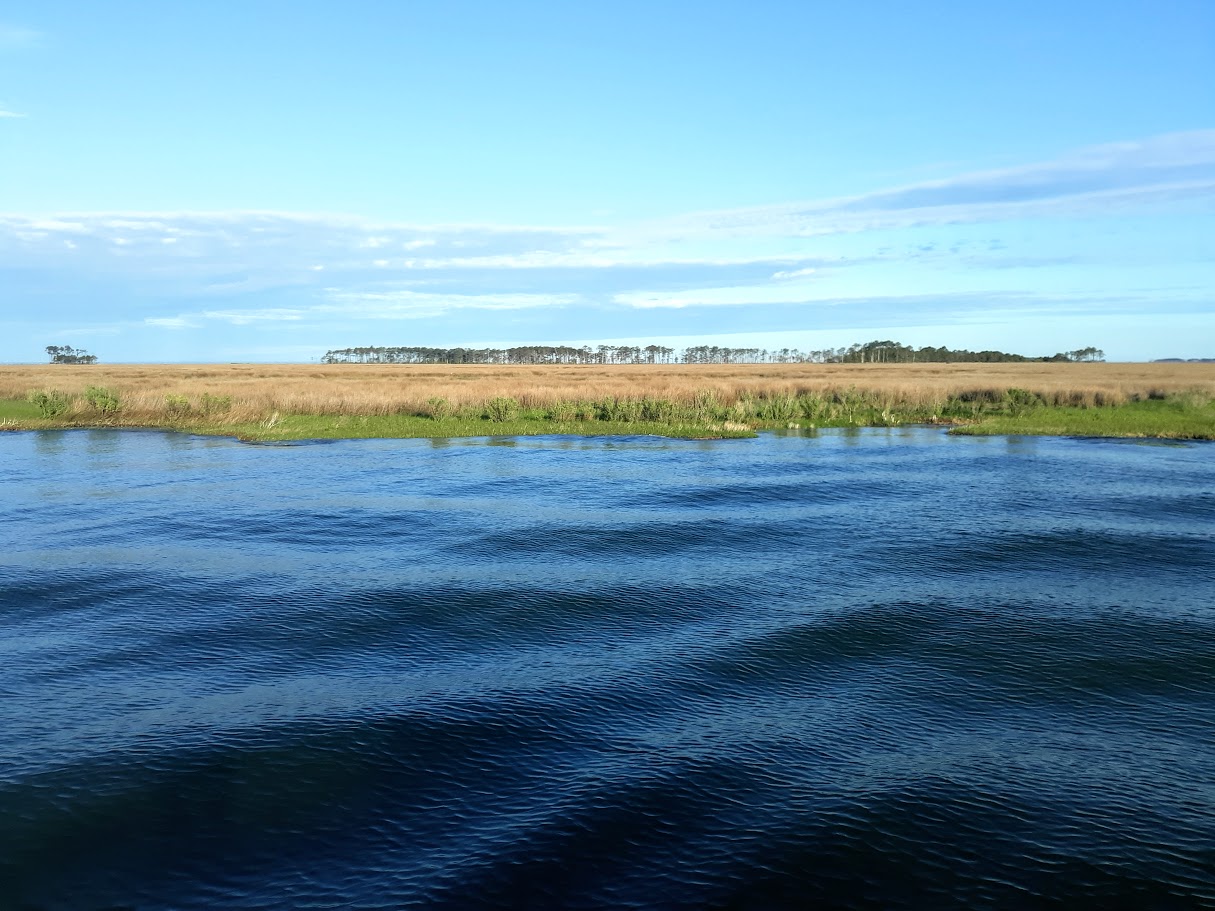 |
| Saltmarsh Sparrow |
An environmental organization is asking the federal government to list the saltmarsh sparrow, a bird living on wetlands on the east coast, including Virginia, for protection under the Endangered Species Act due to expected losses from sea level rise and human development.
The Center for Biological Diversity’s petition to the U.S. Fish and Wildlife Service says the saltmarsh sparrow population dwindled from 212,000 in 1998 to 60,000 in 2012. That number was expected to be 28,215 in 2020, according to projections from the 2012 survey.
“The fate of these frisky little songbirds is inextricably tied to our ability to protect the tidal marshes they call home,” Stephanie Kurose, deputy director of government affairs at the Center for Biological Diversity, said in a statement. “Saltmarsh sparrows are creeping dangerously close to extinction and could disappear within the next 50 years.”
The sparrows were abundant in Virginia in the early 1900s, according to the petition. There are two kinds — a northern and southern — with the southern, which has more striping on its back and a darker crown, breeding in Maryland and Virginia.
The birds reside primarily between Virginia and Maine with trips as far south as Florida for the winter. The birds feed on insects and build nests on higher wetlands away from taller structures like trees and buildings.
According to the petition, sea level rise is causing flood waters to consume wetlands and is preventing the accumulation of sediment for the sparrows to build their nests on. Human development in coastal areas further deprives wetlands of dirt buildup, as heat stress also stunts the growth of vegetation that can be used to protect the birds from predators.
“Between 2030 and 2060, a tipping point will be reached after which the spring tide will come too early and too high, essentially ensuring that saltmarsh sparrows, which exist nowhere else on Earth, will be entirely unable to reproduce and will slip into extinction,” the petition states.
Well, except for the fact that salt marshes will grow upward with sea level rise, if they are allowed to, and not starved of sediment, or burned to make them prettier.
Separate research from the Center for Conservation Biology found that the rising tides may also pose harsher winters for the sparrows’ wetland habitats, thereby pushing the birds more inland where more food may be available.
In order to be listed as a protected species under the Endangered Species Act, there must be a demonstration of at least one of five hardships: loss of habitat, overuse for commercial, science and research purposes; disease or predation; a lack of existing regulatory protections in place; or other natural or manmade factors affecting its continued existence.
Under the regulation component, the petition states there are no federal protections of the animal in place, and the only state protections are in Massachusetts and Maine. In Virginia, the Department of Conservation and Recreation does list the species as “rare” in its Natural Heritage Resources of Virginia document.
But just as important as protection of the species is ensuring their habitat remains intact, the petition adds.
 |
| Salt Marsh on Hoopers Island |
Willis Eschenbach at WUWT does a pretty good job of debunking the accelerating sea level rise myth: SEA LEVEL! EVERYONE PANIC!
No comments:
Post a Comment